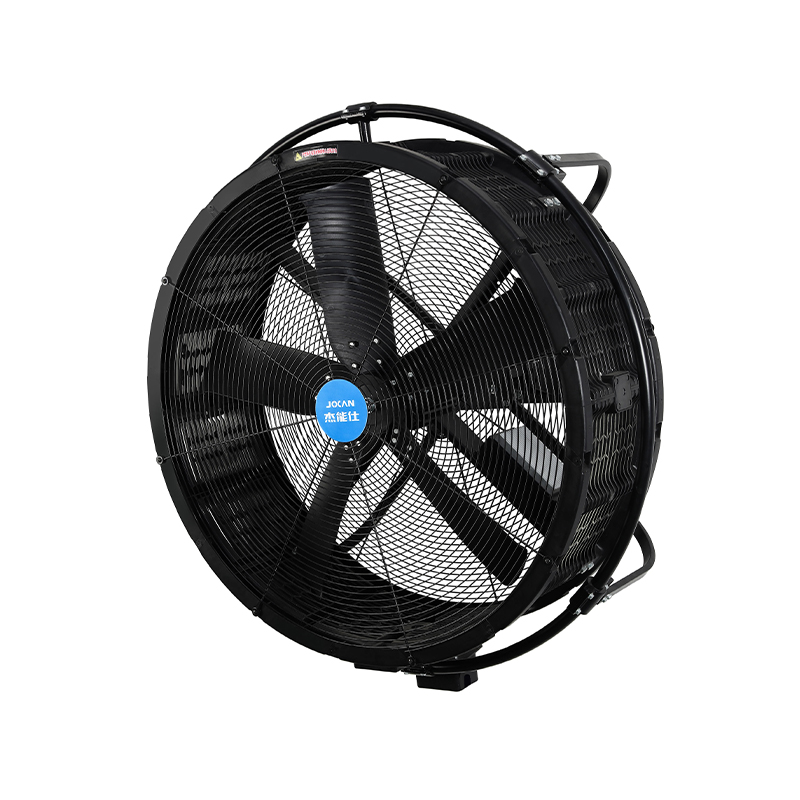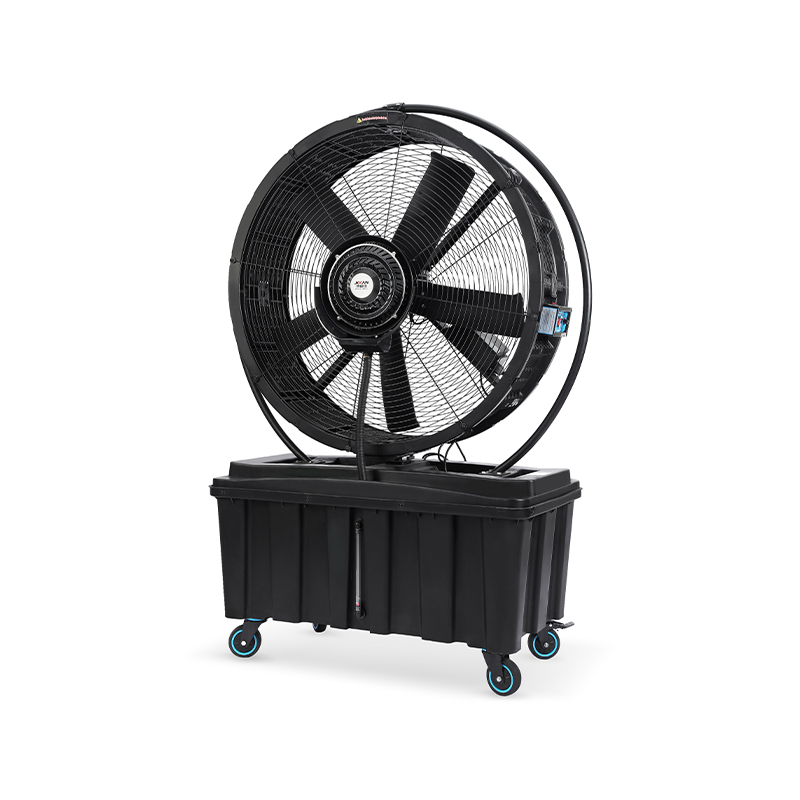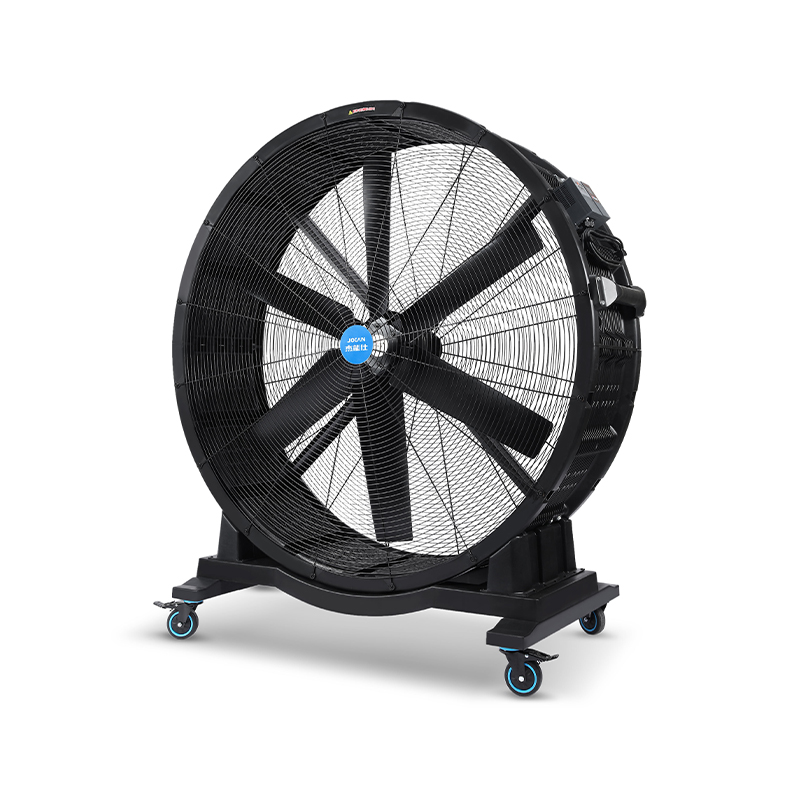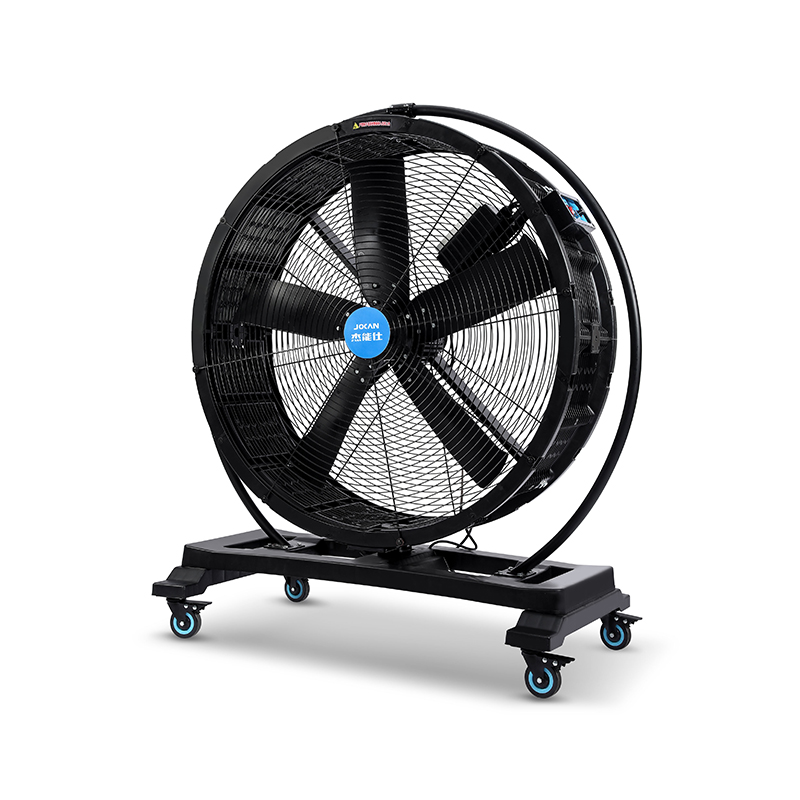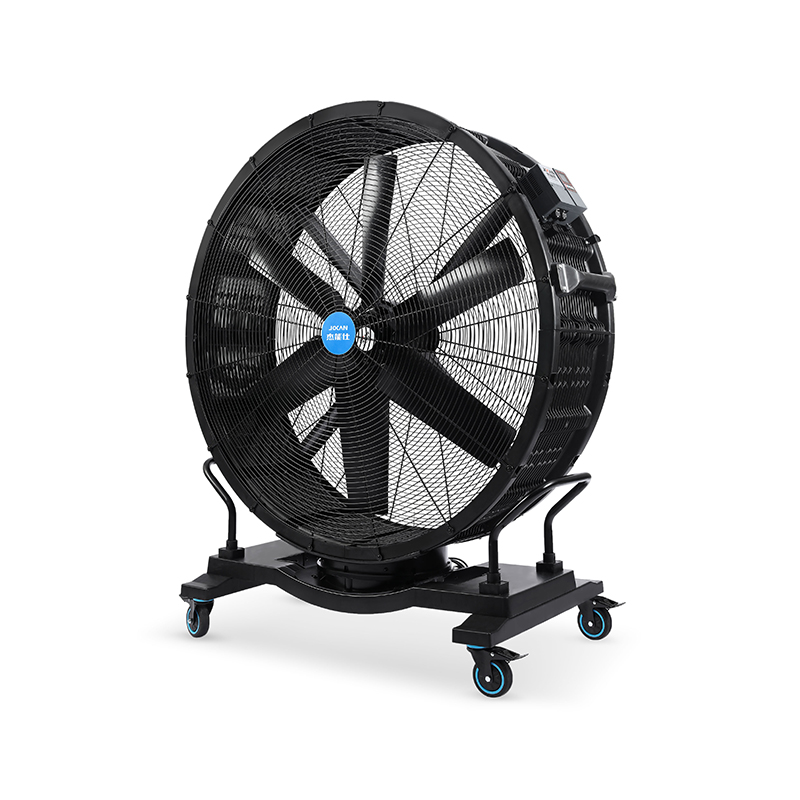These fans are designed to meet the rigorous requirements of industrial environments while providing efficient airflow and low noise operation. This article explores how high-performance EC fans contribute to industrial applications, focusing on the qualities of durability, efficiency, and quiet operation.
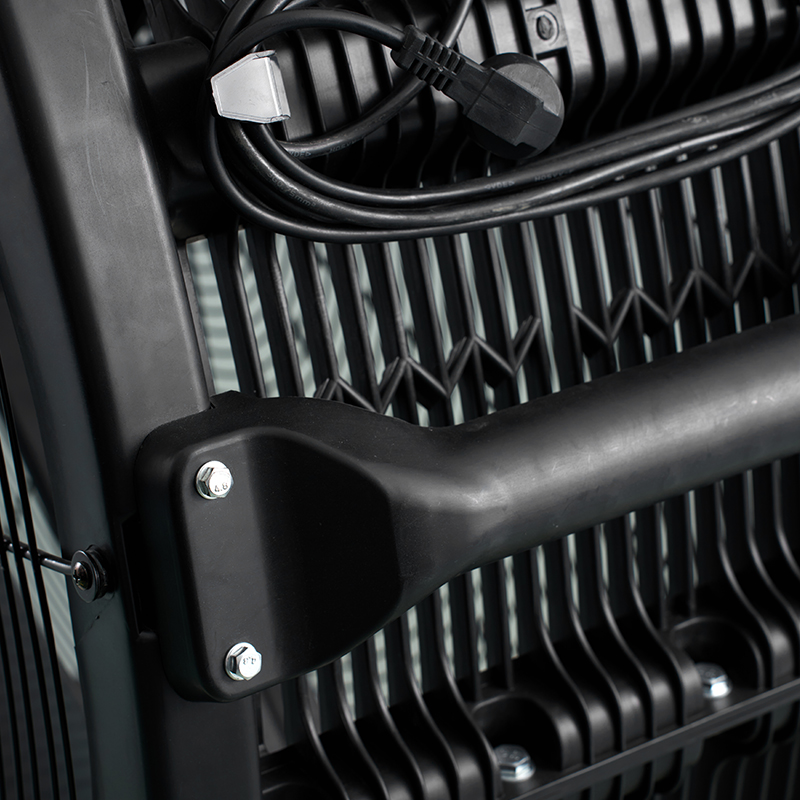
One of the key components in many ventilation systems is the DC duct fan. This type of fan plays a vital role in channeling air through ductwork efficiently. High-performance EC fans are often implemented as DC duct fans because of their ability to provide consistent airflow with reduced energy consumption. The integration of electronically commutated (EC) motors within these fans enhances their durability, enabling them to withstand continuous operation in demanding settings. As DC duct fans, these models also offer advanced speed control and reduced maintenance needs compared to traditional AC fans.
Durability is an essential factor for industrial equipment, and EC fans have been engineered with this in mind. A high-performance EC fan typically features robust construction materials and components designed to resist wear and corrosion. This ensures a longer operational lifespan, which is crucial in industrial settings where downtime can advance to costly production delays. When selecting a powerful industrial fan, industries often prioritize durability to ensure their ventilation systems can handle challenging conditions without frequent repairs or replacements. The combination of a strong build and efficient EC motor technology results in a product that can maintain performance over an extended period.
Another important characteristic of these fans is their ability to operate quietly. Industrial environments can be noisy, but the introduction of silent industrial fan designs helps to reduce the overall sound levels, improving the workplace environment for employees. High-performance EC fans achieve this by using motors that operate more smoothly and with less vibration than traditional alternatives. This smooth operation not only decreases noise but also contributes to the durability of the fan, as less mechanical stress is placed on components. The role of a silent industrial fan in facilities such as offices, laboratories, or manufacturing plants is increasingly valued for its impact on worker comfort and productivity.
Efficiency and energy savings are often linked with the use of EC technology. High-performance EC fans optimize power consumption by precisely controlling motor speed and torque. This fine control allows the fan to deliver just the right amount of airflow for any given situation, which is particularly beneficial in variable industrial processes. When used as a dc duct fan, this efficiency can translate into significant energy savings over time, contributing to lower operational costs and a smaller environmental footprint.
In addition to efficiency and durability, high-performance EC fans are versatile in application. A powerful industrial fan is often required in settings where large volumes of air must be moved quickly and reliably. Thanks to their advanced design, EC fans can be customized to meet these demands, offering options such as variable speed control, different mounting configurations, and compatibility with various duct systems. This adaptability makes them suitable for use in a wide range of industries, including manufacturing, food processing, pharmaceuticals, and HVAC systems.
The quiet operation of a silent industrial fan also makes it an ideal choice in noise-sensitive environments. For example, hospitals, schools, and cleanrooms require ventilation solutions that do not contribute to noise pollution. High-performance EC fans are well-suited for these areas because they combine effective airflow with small sound output. This reduces the need for additional noise mitigation measures, simplifying installation and reducing overall system complexity.
Maintenance considerations are another advantage of high-performance EC fans. The integration of electronic commutation reduces wear on motor brushes and other components that commonly fail in traditional motors. This results in lower maintenance frequency and costs. When used as a DC duct fan, these units can be easily integrated into existing ductwork with small modifications. Their robust design and reliable operation mean fewer service interruptions, which is crucial for industries relying on continuous ventilation.
In conclusion, high-performance EC fans designed for durability offer a compelling solution for industrial ventilation needs. Their ability to serve as efficient DC duct fans, combined with the strength expected of a powerful industrial fan, makes them valuable assets in many settings. Additionally, their quiet operation as a silent industrial fan enhances workplace comfort while maintaining effective air circulation. The balance of durability, efficiency, and low noise sets these fans apart as a practical choice for industries aiming to improve ventilation systems with reliable and long-lasting equipment.
 Add: Plot 23, Huanglang Industrial Zone, Jinqing Town, Luqiao District, Taizhou City, Zhejiang Province
Add: Plot 23, Huanglang Industrial Zone, Jinqing Town, Luqiao District, Taizhou City, Zhejiang Province
 TEL: +86-13586083215
TEL: +86-13586083215

 English
English English
English عربى
عربى 한국어
한국어


